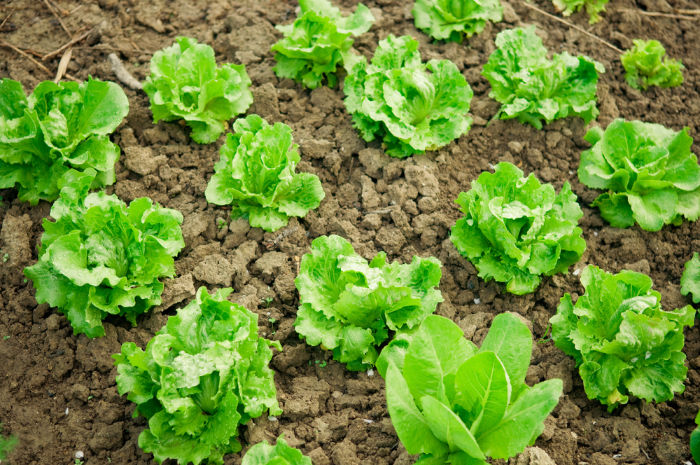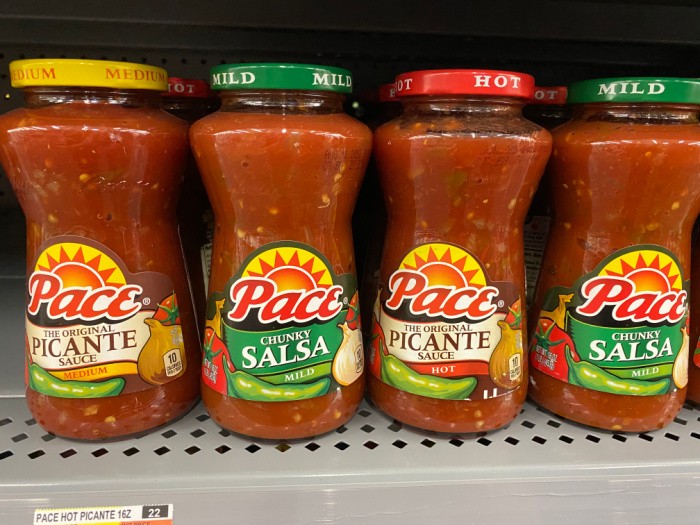
My heart aches for all those families who have survived tornadoes and, most recently, the devastation after Hurricane Helene. Readers are emailing me about their trials after Hurricane Helene. Here’s the deal: We hear the news for days, weeks, and months, but not much after that, right?
I will break down the thoughts my readers have had to endure; it is not pretty. It’s hard to picture these living conditions in our country. We can visualize these situations in third-world countries, but not the United States. I’m talking about Hurricane Helene today.
I learned some of these thoughts from readers when Hurricane Michael hit October 7-11, 2018. Today, the damage from Hurricane Helene is projected to be $100 billion.
Please be aware some of these situations will slowly improve, but when? Some may be repaired, but not many have been helped today.

Devastation After A Hurricane
The old saying “we will rebuild” doesn’t apply here. Imagine your community, neighborhood, schools, grocery stores, and even restaurants gone. Your favorite shopping malls, parks, and memories are different.
People are suffering greatly; they are shell-shocked, lost, depressed, and have no idea what their future may bring them.
Some families are just trying to get through the next day, living conditions are abysmal, and even the most unscathed are having trouble adjusting to this new way of life based on what’s happening around them.
Strict Curfew Hours
There is a strict curfew from 7:00 P.M. to 7:00 A.M. These times are being enforced so that conveyances can pass and looting can be controlled. Driving at night is too dangerous, and the curfew is in effect, so you need to plan.
Anyone caught where they shouldn’t be during these curfew hours is detained to confirm legitimate reasons and will be interviewed by police or security personnel with assault rifles. Some public sites and businesses are being guarded by said police and security personnel.
Roads Without Street Lights or Traffic Signals
Almost none of the roads have working streetlights or traffic signals. Several are broken or missing due to winds or rushing water, and many stop signs are missing, making travel even more dangerous. Because of the chaos in the cities, dead animals, dogs, cats, and even wildlife are all over the roads.
A recent heavy fog made driving even in the daytime dangerous, resulting in numerous crashes. Some of the first responders were also colliding in intersections. Roads were split and divided, and families couldn’t go anywhere.
Many of the roads are unpassable or too treacherous to drive on. Downed trees and downed power lines are tough to see at night. If, by chance, a tire is punctured on the road, there is no way to get it fixed unless you have the supplies to do it yourself. Most of the mechanic shops are gone, and you see broken-down cars everywhere on the roads. One family is using their emergency flashers to get through dark streets—so many flooded vehicles in the flooding waters.
ERs and Hospitals
The ERs and hospitals are overflowing with people and short on staff. The injured keep coming to the hospitals, and their EMS and Fire Departments are heavily tasked with rescue and recovery operations. When people are hurt, their options are limited, and many must bandage themselves the best they can with the medical supplies they have on hand. Some are using their first aid kits; that’s all they have right now.
Sometimes, the hospitals are flooded and closed, and medical personnel are trying to evacuate the patients. Please have a First Aid Kit. Or make one yourself. What’s in your first aid kit?
Pharmacies Closed or Partially Open
No one could report to me about the pharmacies, only that they are open just a few hours daily. They may not even be open if the power is out.
Power is Sporadic
The power source is uneven and sporadic, and the power linemen are unsung heroes. They have done a phenomenal job trying to restore power in many areas. The magnitude of their task is incredible and encompasses several states. They have recruited power workers from several surrounding states, all working around the clock.
Lines, poles, transformers, and junctions must be replaced or repaired. Many areas are still dark, and the energy source can be located by the sound of generators running nonstop.
Water Is Not Safe To Drink
The water situation is terrible; even with some running water, it’s unsafe to drink. There’s open sewage in many places; in some areas, sewage has run like rivers. Please be sure to stock bleach. Dry Bleach
Some Stores Are Open
Sam’s Club, Waffle House, Target, Publix, and Home Depot are slowly procuring supplies for the community. Some are giving away food on food trucks to help the community.
Banks are Closed
The banks and ATMs are closed and do not work due to power outages.
Food Is Hard To Find
If the people didn’t have canned food or home-preserved food, they had to come to the feeding sites and bring the MREs home to eat. Some of the feeding centers have limited hot meals.
Pet Food is Very Hard To Find
They need pet food badly because it is unavailable anywhere unless someone has donated it to a human feeding site.
Cell Service is Spotty
A few mobile emergency hotspots are set up to provide coverage but are overwhelmed, and then the speed drops. Cell service is minimal.
No Cable Services Right Now
Currently, television is not available in many areas, if not all. Thus, it isn’t easy to get the news out.
Gas is Scarce
Gasoline is hard to find because the gas stations are severely damaged or wrecked. There are a few mobile fueling sites for first responders, but all others must travel several miles to find an open gas station. If the station has gasoline, it is being rationed. Just getting to an open station is a challenge.
Trees Were Down Everywhere
Tens of thousands of trees were felled, damaged, and splintered, and wood piles covered every corner, sidewalk, and shoulder of the various roads. People were trying to burn the wood, and smoke filled the air for days. Some were trying to keep warm by the fires and even cook their meals with the wood they burned.
No Mail Service
Most mailboxes are destroyed, and there is no way to deliver mail. Forget about FedEx, UPS, and Amazon deliveries; they have no place to provide boxes or mail.
Garbage Pick-Up
There is no residential pick-up, and spoiled food and human waste are piling up in bags in plain sight.
Be Cautious of Fake Restoration
Be careful with tree trimmers, roofers, handymen, water damage and mold companies, and other trade groups. Unfortunately, some ruthless workers are ripping people off. Please check with others to make sure you are using reputable companies.
Looters
Of course, there are looters, thankfully the communities are doing their best to stop this.
Items Needed
Please check with the local police departments, churches, TV and Radio stations, Rescue Groups, and the American Red Cross to send the following items to the different areas as needed.
Paper Products
Baby supplies include diapers, wipes, bottles, formula, and diaper rash cream.
Menstrual supplies, like tampons, pads, and adult diapers.
Paper supplies, like plates, cups, bowls, plastic silverware, and paper towels.
Cleaning supplies, all types, especially bleach. Cleaning rags, mops, etc.
Baggies of all sizes are welcome.
Disposable gloves and trash bags, all sizes needed.
Misc. Supplies
Backpacks and sturdy tote buckets would be helpful for those who have lost their homes to carry their things. Ziplock bags with toiletries, space blankets, flashlights, extra batteries, camping lanterns, and camp stoves.
Animal Supplies
Hay, buckets, feed pans, halters, lead ropes, collars, leashes, food and water bowls for all sizes of animals, crates, portable enclosures like pens, and livestock panels. Empty 5-gallon buckets can hold water or food for several types of animals. First aid supplies are needed for animals and humans.
First Aid Supplies
Every type of first aid supply is needed as soon as possible.
Life Has Changed Forever
This truly is devastation after a hurricane. No one asked for this; no one deserves this pain. This is a tragedy on a massive scale. This could have happened to you, me, or someone in our family. I can only try to visualize what has happened and what still needs to be done.
I can see many of the challenges being dealt with based on what is depicted on television, but not all issues are shown due to the delicate nature of the situation. I know these people need help. Someone emailed me and mentioned food and water are slowly getting through to many in need. May God bless those involved in this terrible situation. Please pray for all the families involved. May God Bless this World, Linda
Copyright Images: Hurricane Matthew: AdobeStock_123383082 by Guy Sagi, Hurricane Michael Aftermath AdobeStock_241872573 By Lisa
The post The Dirty Truth Of Devastation After A Hurricane appeared first on Food Storage Moms.
from Food Storage Moms




























































